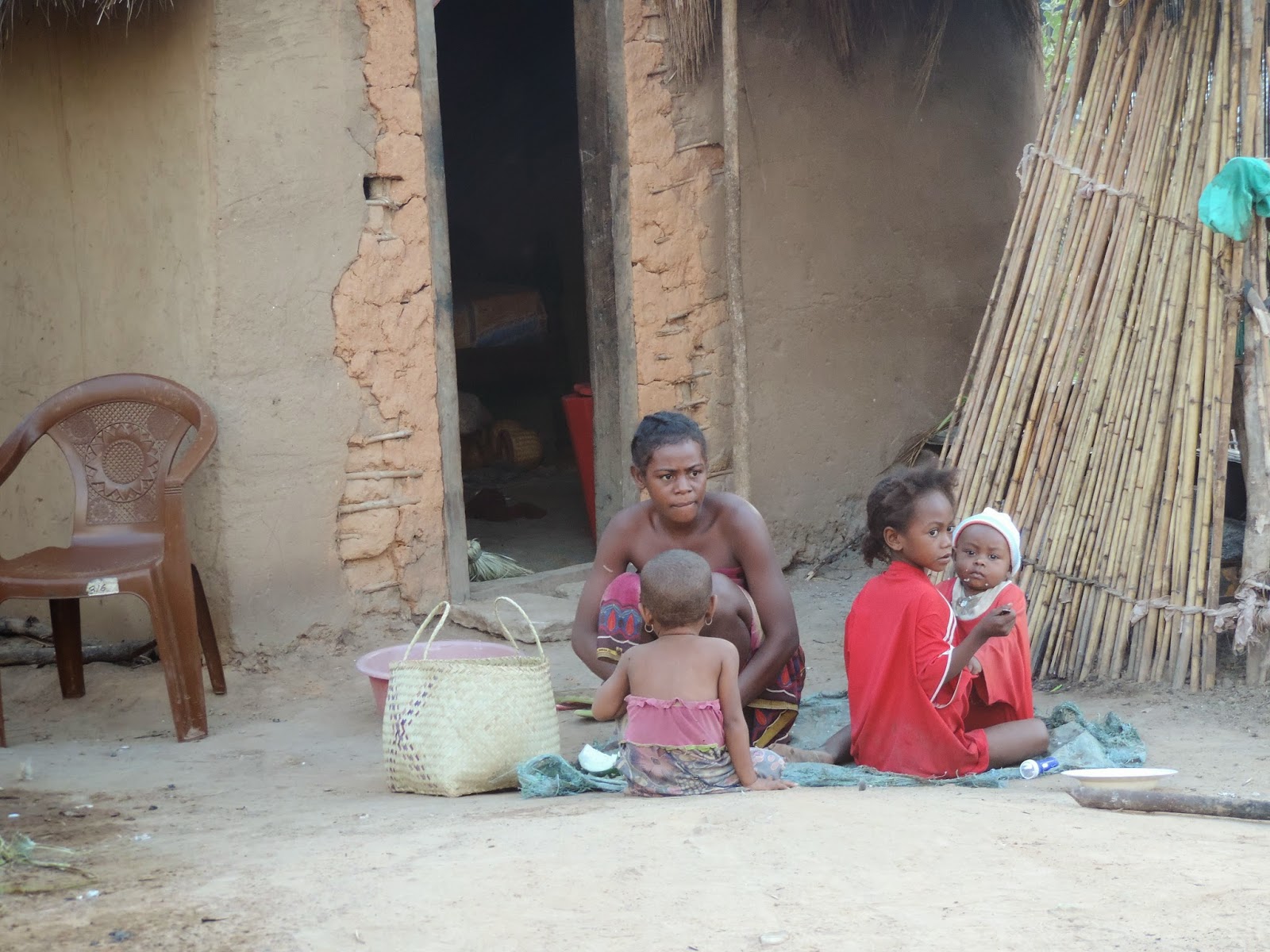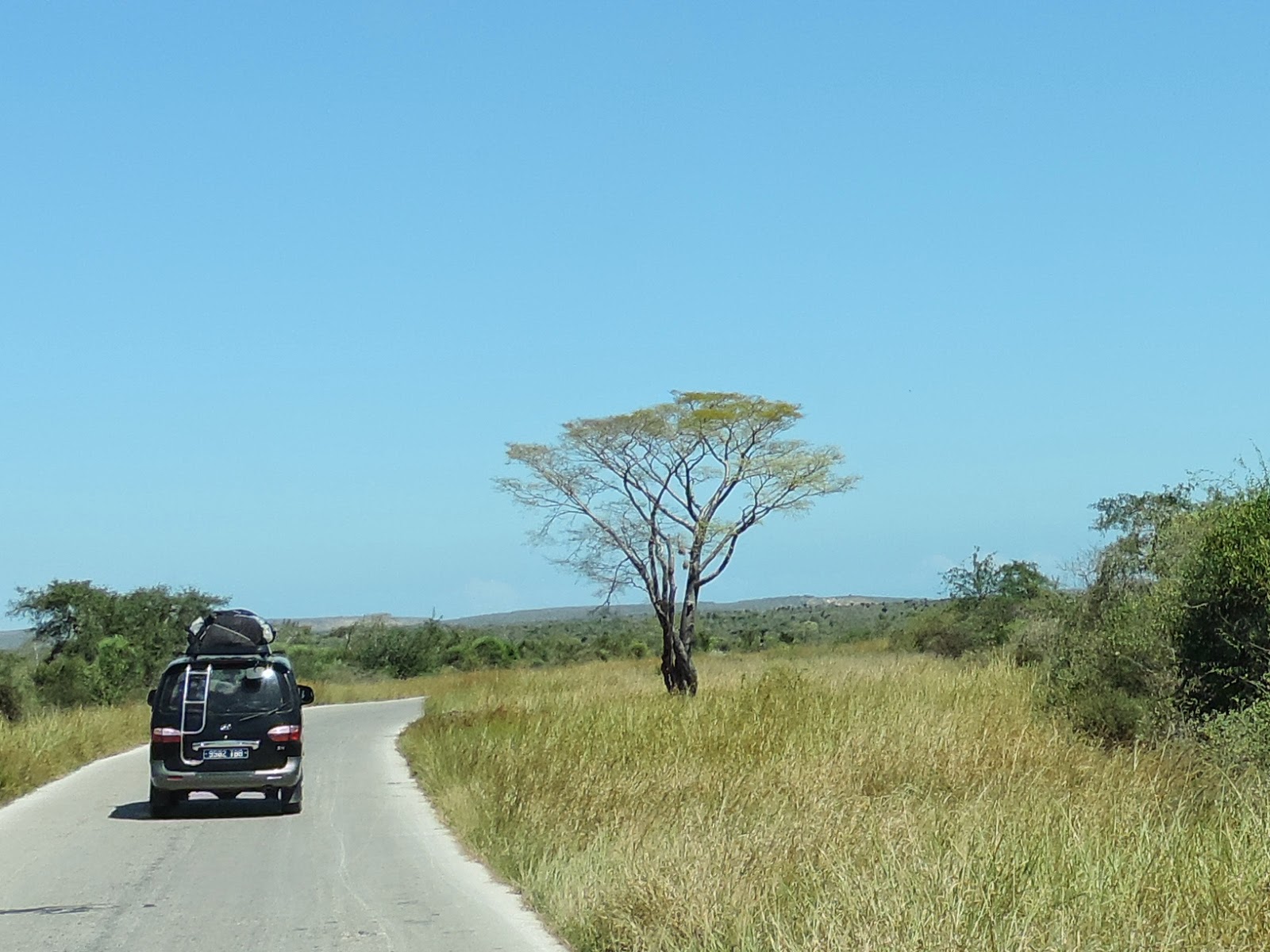I have been without connectivity for a week and am finally able to write to you from an overnight stopover in the capital of Antananarivo. It is evening and I am fatigued from a long day's travel and am sitting alone in the lobby at a table in front of the windows which face the narrow street. It is pitch dark outside. The strong light above me reflects heavily against the glass making the ability to see through it difficult. During the day beggars and souvenir hawkers are usually in full view as they bargain annoyingly their wares across from the front door. They are gone now. I turn my attention to the task of finding the proper words to share with you about the past several days and feel constrained. There has been too much remarkable. To say anything effectively, I know I must narrow my scope and limit the subject matter. As I contemplate how to do that, a weird moment occurs. I am distracted and my attention shifts back to the window. I see my face staring back at me. It looks double and blurry and it takes me a second to realize that a shape, is superimposed behind my own. A person is outside standing closely up against the glass and like a hologram or halo, his face is shining through my own. It belongs to a reasonably well-dressed younger fellow who doesn't look quite like the other sorts who hang around. For an instant, I consider he is a messenger from my tour company trying to get my attention. He gestures and points with his left hand to his right in which he is holding something. I realize he wants to show me something, so I move closer to get a better view. To my shock, slung over his shoulder is a leather pouch, and in his hand, directed for me to see, is an open booklet containing lovely old French Colonial stamps from Madagascar.
He said he needed money for his son. I broke the news to him gently that I had spent my life collecting stamps, especially French Colonies, knew these particulars well and regretted, for his sake, they weren't rare. I kept on thinking how this meeting was meant specifically for me. In a neighborhood devoid of other hotels or tourists, and, in a country where stamp collectors are as scarce a snowflakes, we found one another. It was one of those mysterious fragments of time that are found in dreams, in stories of magic, or unexplained instances that are called amazing coincidences, which are then shelved and forgotten. Like a spider that dropped down from a single-strand web, he appeared at my window. I have seen people selling newer issued stamps in markets on the street in other countries and never old ones. I have seen no such vendors in my travels here. These earlier stamps that he was selling were testimonials to the inglorious history of French imperialism. RF (Republique Francais) appears printed on each in colorful letters over or around the name Madagascar as a reminder to every mail sender or receiver what government was in charge. The lithographed scenes of native people, pristine countryside and indigenous animals which make the body of the stamp told of a wild and romantic world.
This past week I saw the remnants of that life, indescribably beautiful, but one now damaged beyond belief. It is too hard right now for me to explain. Perhaps it is best to share with you "my stamps." It is said that each picture is worth a thousand words and, in my case, I hope these tell you my story.
Btw., The bird is a Madagascar spotted kestrel. I saw it perched on top of a palisander tree just around sunset. It is a sacred symbol of the tribe that lives where the shot was taken.


































